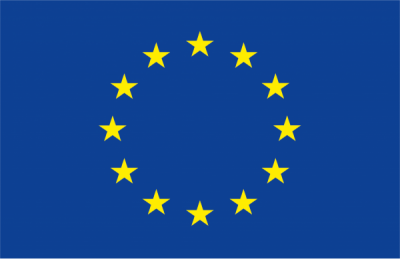Products & Services
The Center provides a number of competitive products and services to both public and private clients.
Currently, our portfolio includes:

Miniaturised sensors
Including the testing, calibrating, and optimizing of cost-effective miniaturised sensors for atmospheric measurements.
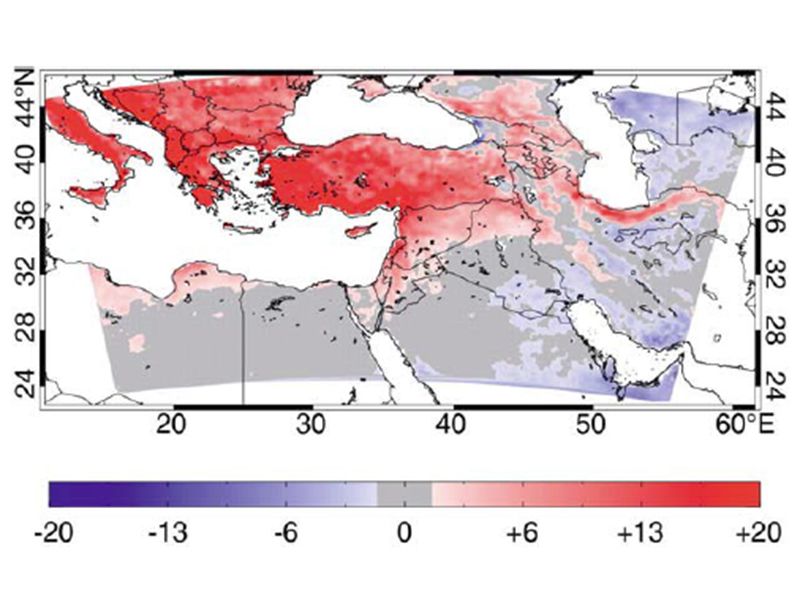
Climate and Forecasting services
The provision of specific model applications for regional (high resolution) climate and forecasting services for key sector/s such as renewable energy, agriculture and tourism.

Training and Access to Research Infrastructures
The provision of expert support, training, and education, as well as privileged access to world-class research infrastructure available at CoE, that is unique in the EMME region.

Atmospheric Measurements
The provision of competitive services for atmospheric measurements (air sampling, chemical analyses).

Integration of sensors in UAS
Integration of prototype and commercial sensors in UAS for advanced atmospheric research.
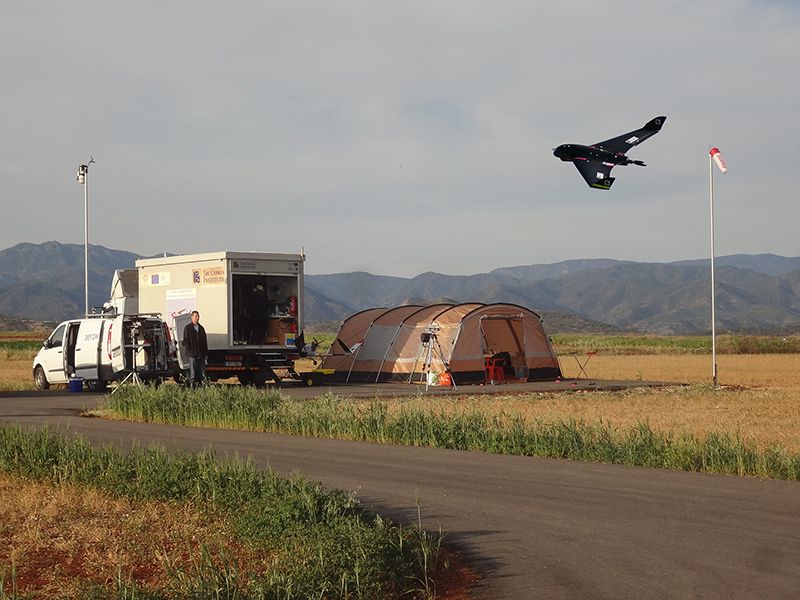
Flights with atmospheric sensors
Performance of high-altitude and sophisticated-patterned flights with atmospheric sensors in the Unmanned Systems Research Laboratory’s (USRL) exclusive airspace at Orounda
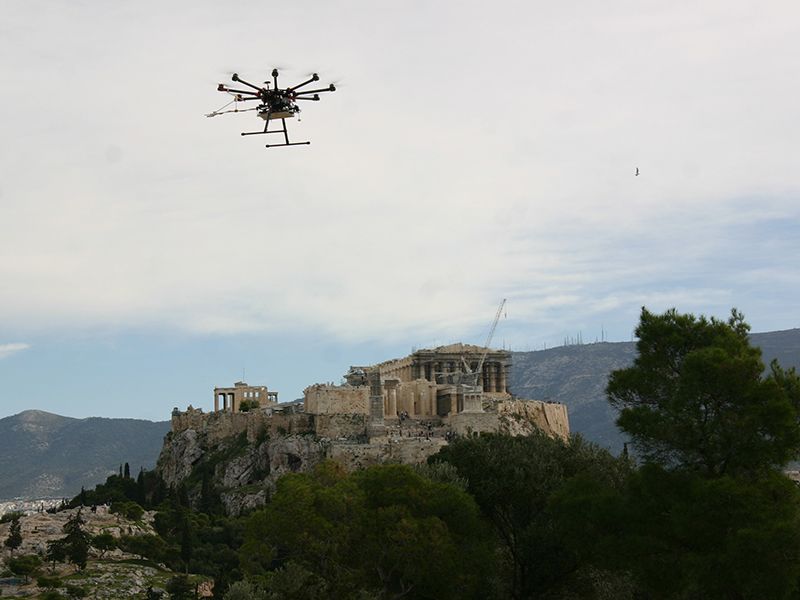
UAS camera systems
3D documentation of diverse terrains and objects with complex geometry utilizing customized Unmanned Aerial System (UAS) camera systems
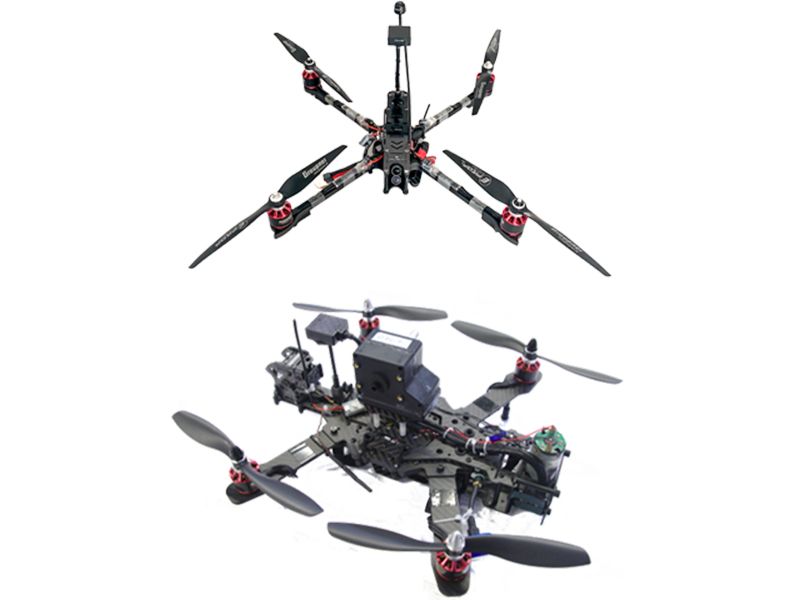
Bespoke UAS system development
Development of tailored-made ready-to-fly UAS systems for specific applications (upon request)
Who we work with

Cyprus Ministry of Agriculture, Rural Development and Environment, Department of Meteorology
The significance of open weather data is pivotal, fostering resilience, facilitating informed decision-making, and driving progress across various scientific sectors. This contribution ultimately plays a crucial role in enhancing the well-being and safety of individuals, as well as promoting the sustainable development of communities.
Therefore, the three-year (2024-2026) “Open Weather Data” project, a joint initiative between the Environmental Predictions Department (EPD) of CARE-C and the Cyprus Department of Meteorology (DoM), aims to develop and implement a web-based weather data portal. This platform is designed to provide open and freely accessible meteorological and climatological information to both the public and the scientific community. The Open Weather Data portal will facilitate the easy querying and retrieval of quality-controlled historical weather station datasets, high-resolution operational numerical weather forecasts, and radar weather datasets for Cyprus through a user-friendly web interface and an API platform.


Cyprus Ministry of Agriculture, Rural Development and Environment, Department of Environment
National Greenhouse Gases Emission Projections Report for 2030 and 2050
Assignment for the preparation of the National Greenhouse Gas Projections Report for 2022-2023
CARE-C supports the Department of Environment (DoE) in the calculation and compilation of the Greenhouse Gas Projections report, in order to fulfil the obligations of Cyprus, jointly with other EU Member States, under the Kyoto Protocol. The current national goal, submitted in December 2020 within the framework of the Paris Agreement, is to reduce emissions by at least 55% below 1990 levels by 2030 including LULUCF (Land Use and Land Use Change and Forestry). Cyprus is obligated to report national projections of anthropogenic greenhouse gas emissions under Regulation (EU) 2018/1999 on the Governance of the Energy Union and Climate Action.
CARE-C is also responsible for the calculation of GHG Projections up to 2050 taking into consideration Policies and Mitigation Actions (PaMs) into different scenarios: BaU (Business as Usual), WEM (with existing measures) and WAM (with additional measures), in order to decide which new measures will be included in the National Energy and Climate Plan (NECP). The projection calculations and chapters, on policy and measures and on projections, are submitted under National Communications and Biennial Reviews to the UNFCCC.

Cyprus Ministry of Agriculture, Rural Development and Environment, Department of Forests
- Provision of tailor-made Unmanned Aerial Systems (UAS) for the detection, monitoring, and prevention of forest fires
- Training of the forest firefighters to effectively operate and manage the provided Unmanned Technology
- Annual services for regular patrols in forest areas and respond during emergency situations (e.g. wildfires)

GMV – Innovating Solutions Company
End user case study: Comparison of World emissions products with national emissions for Cyprus
The World Emission project, funded by the European Space Agency (ESA), aims to provide an enhanced global emission monitoring service by developing emission estimates from satellite data. The satellite-derived emission inventory data extracted from earth observations are being compared with bottom-up inventories in close collaboration with end-user organisations to define related product target requirements. One such vital case country is Cyprus, used to validate the inversion of CO2 and NOx emission fluxes against the nationally reported emission inventories, providing a valuable validation tool, much needed and required in the Eastern Mediterranean and Middle East region.
Project stakeholders and international experts, national (local and regional) and international reporting authorities, researchers, and policy bodies can assess the World Emission portal and datasets developed during phase 2 of the project. For a first-hand exploration visit https://app.world-emission.com/.



UNPG-AG, France
Chemical analysis of Particulate Matter (PM) for the determination of Metals, Ions, Organic & Elemental Carbon (EMCAIR project)
- Chemical Analysis of Aerosol Samples-Ion Composition
- Chemical Analysis of Aerosol Samples-Carbon Composition
- Chemical Analysis of Aerosol Samples- Carbohydrates

Vassiliko Cement Ltd, Cyprus
Chemical analysis of Particulate Matter (PM) for the determination of Metals, Ions, Organic & Elemental Carbon
- Analysis of Carbons, Ions & Elements on Aerosol Samples
- Report on results

INERIS, France The French National Institute for Industrial Environment and Risks, under ECMWF-Copernicus
Assistance for use of Copernicus Atmosphere Monitoring Service (CAMS) product in the field of air quality monitoring (CAMS_95h)
- Assistance to INERIS for the development of the toolbox to promote the use of CAMS-50 (European Scale)
- Supporting the market trial phase


University of Crete, Greece
Unmanned Aerial Vehicle (UAV) construction and training for Atmospheric Sciences
- UAV construction for the vertical recording of atmospheric parameters (Temperature, humidity) and numerical particle size distributions
- Uoc personnel Training
- Flight tests


CEA, Saclay, France The French Alternative Energies and Atomic Energy Commission
Unmanned Aerial Vehicle (UAV) construction with bioaerosol sensors
- UAV fixed wing foam construction
- Avionic
- UAV sensors (GPS, FPV, camera, T/RH)
- BIODOSI Sensor integration
- Flight tests

Aerosol d.o.o., Slovenia
Test and Validation of new Atmospheric Measurement Technique for the monitoring of Atmospheric Dust
- Measurements of aerosol absorption properties at 2 measurement stations located in Cyprus and at regional background as well as urban background measurement stations
- Provision of space for installation of 2 AE33s
- Control of instruments performance
- Chemical analysis of PM10/PM 2.5 filters
- Set up and characterization of the sample system quality


Cyprus Ministry of Labour, Welfare and Social Insurance, Department of Labour Inspection
Chemical analysis of particulate matter for the determination of Metals, Ions, Organic & Elemental Carbon (2015-2020)
PM Filters Analysis for the determination of metals, ions, organic and elemental carbon and the preparation of a Suspension Particle Source Analysis Report in Cyprus for the year 2017-2020.

Cyprus Ministry of Labour, Welfare and Social Insurance, Department of Labour Inspection
National Air Pollution Emission Inventory Database
Assignment for the preparation of the National Emissions Inventory Database
The inventories include 5 air pollutants (sulphur dioxide, nitrogen oxides, volatile organic compounds other than methane, ammonia and suspended particles up to 2.5μm), deriving from various sources (energy, industry and solvent use, waste management, waste management, land, forestry etc) The inventories to be calculated for the 2020 report cover the years 1990-2018.
Under the framework of the:
- LARTAP contract & relative protocols
- Gothenburg Protocol
- EU Directive 2016/2284
- EU implementing decision 2018/1522

Cyprus Ministry of Agriculture, Rural Development and Environment, Department of Environment
National Greenhouse Gases Emission Inventory Report for 2020 &2021
Assignment for the preparation of the National Greenhouse Gas Inventory Report for 2020 and 2021
The inventories include 7 greenhouse gases (carbon dioxide, methane, nitrous oxide, hydrofluorocarbons, perfluorocarbons, sulfur hexafluoride and nitrogen trifluoride) deriving from 5 different sources (energy, industry and solvent use, waste management, waste management, land and forestry). The inventories to be calculated for the 2020 report cover the years 1990-2018 while the ones for the 2021 report cover the years 1990-2019.
Under the framework of the:
- Cyprus QA/QC and verification system manual
- Regulation (EU) No 525/2013 of the European Parliament and of the Council
- Intergovernmental Panel on Climate Change, IPCC Guidelines
- Relevant implementing decisions of the Meetings of the Parties (eg 18 / CP.8, 19 / CP.8, 14 / CP.11, 24 / CP.19)
- The United Nations Framework Convention on Climate Change
- the Kyoto Protocol


